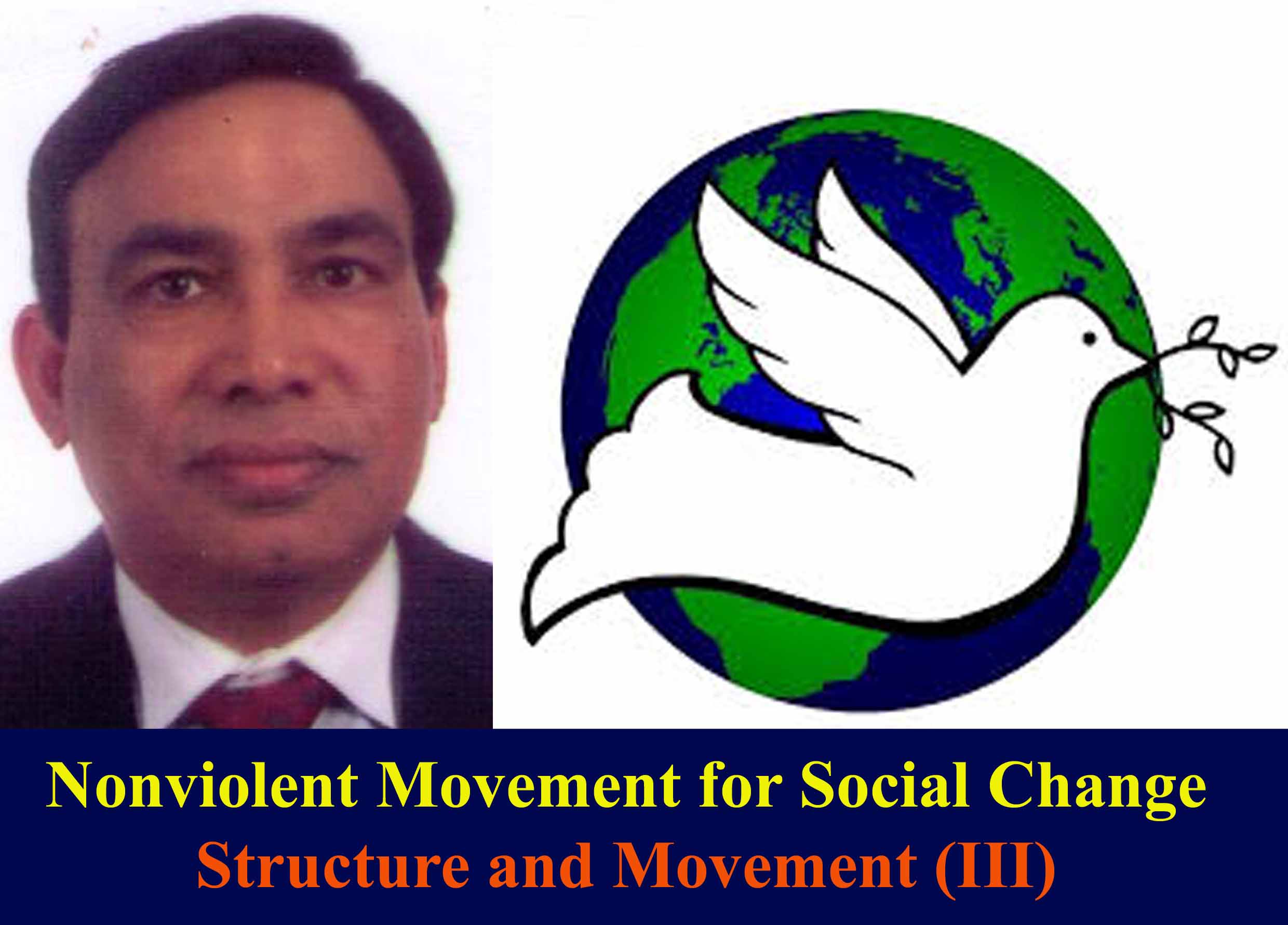Two schools stand at opposite poles of thinking about how grass root forces can promote social change- structure and movement.
Structure (Organisation)
Saul Alinsky, is widely recognized as the founding father of community organizing in USA. Saul Alinsky died in 1972, but his landmark book “Rules for Radicals (1971)” has influenced generation on community based activists since. Alinsky strongly believe in first building the organization. His advice “don’t talk ideology, just issues…build organization not movement …focus on neighborhoods, and concrete winnable goals.”
The examples of a structure or organization are labour unions, political parties and local community organization. They are hierarchical with president, secretary, members, regional and national offices.
Francis Fox Piven, the eighty-two year old distinguished professor of political science and sociology at the City University of New York believes in people’s movement. Her studies and experience showed that poor people could achieve little through routines of conventional and interest group politics. What was important was not the organizational structure, but willingness of participants to interrupt business as usual, protest movement, she explains, “gain real leverage on by causing commotion among bureaucrats excitement in the media dismay among influential segments of the community and strain for political readers.”
The divide between structure and mass movement or between long term organization and disruption uprising is by no means a matter of two individuals. But truth, in truth it runs deep through socio moment history, in different groups of grassroots activists in diverse countries and time periods.
It is apparent that structure based organization and mass protest movement each have their strengths and weaknesses. The structure based organization like the labour union and political parties are hierarchical, inflexible, slow to change and long term result oriented. They are more interested in fighting for their members. Mass movements on the other hand are flatter, undisciplined short term, goal oriented, with unpredictable outcome. They tend to lose their energy after failure.
A hybrid organization is a mixture of both, to succeed you needs both- some structure and more movement.
Strategy and Tactic
Many people make a difference between strategy and tactic. The concept of strategy has been borrowed from military. Strategy is a term that comes from the Greek, stratēgia, meaning generalship. In military strategy often refers to maneuvering troops into position before the enemy is actually engaged. In this sense strategy refers to the deployment of troops once the enemy has been engaged, attention shift to tactics. Strategy is a perspective vision and direction, Tactic is the execution of that vision.
There is no single strategy applicable to the use of non violent struggle on all occasions. No single blue print exists or can be developed to serve all conflicts. The organizers have to fashion their own to fit their situation. For our purpose tactic means doing what you can with what you have.
A movement to succeed, one needs both a grand strategy and operational tactics.



